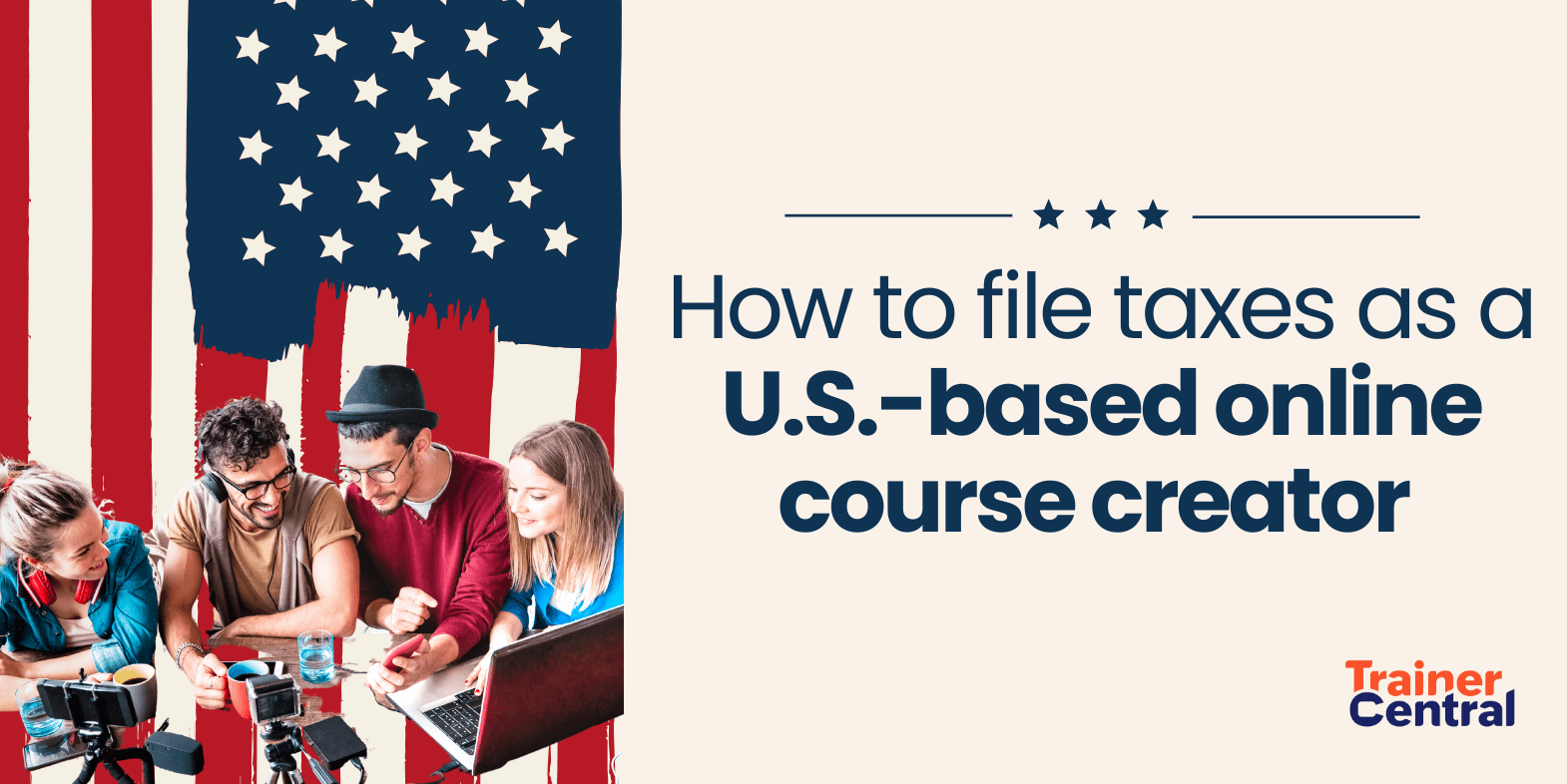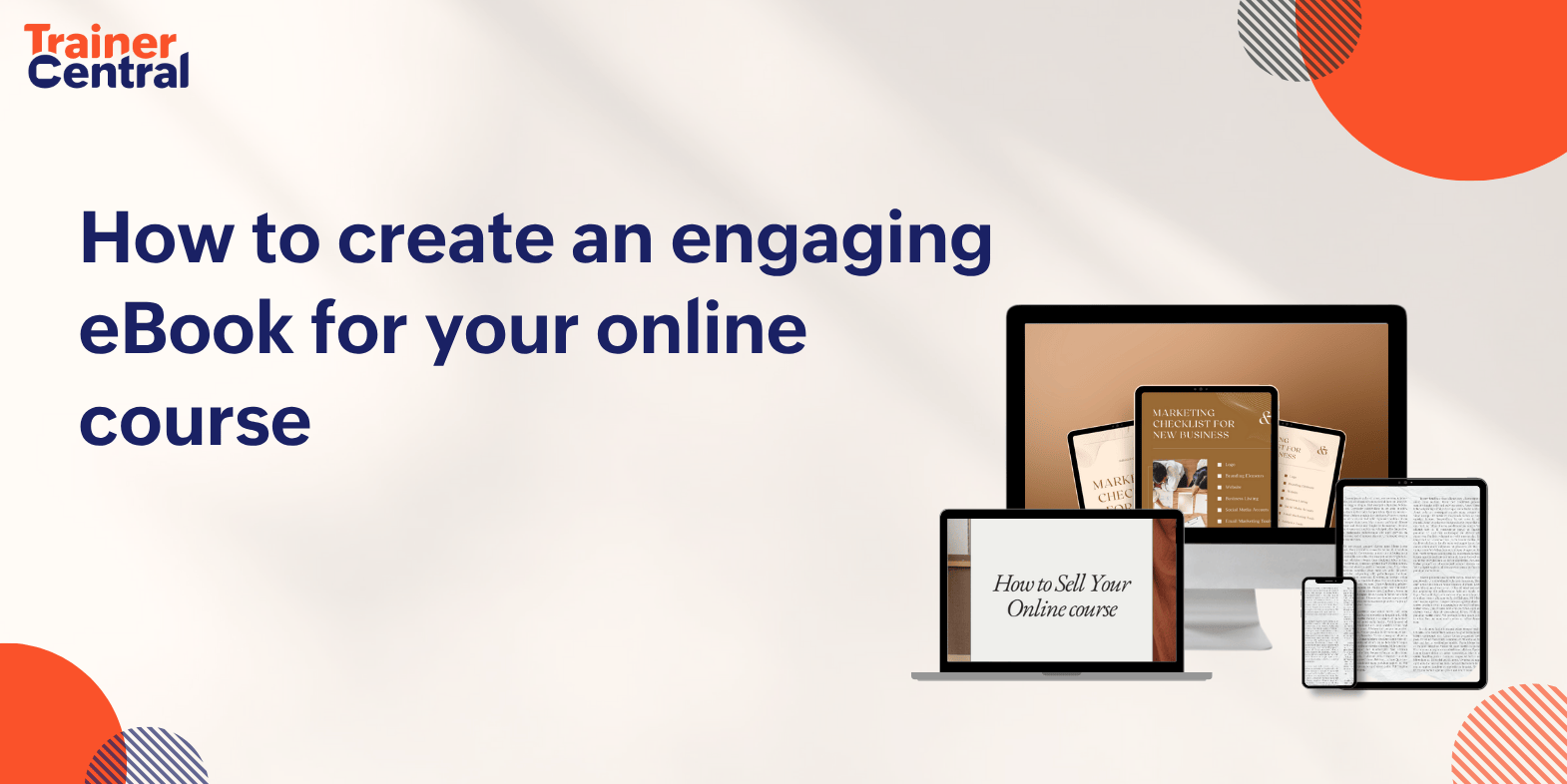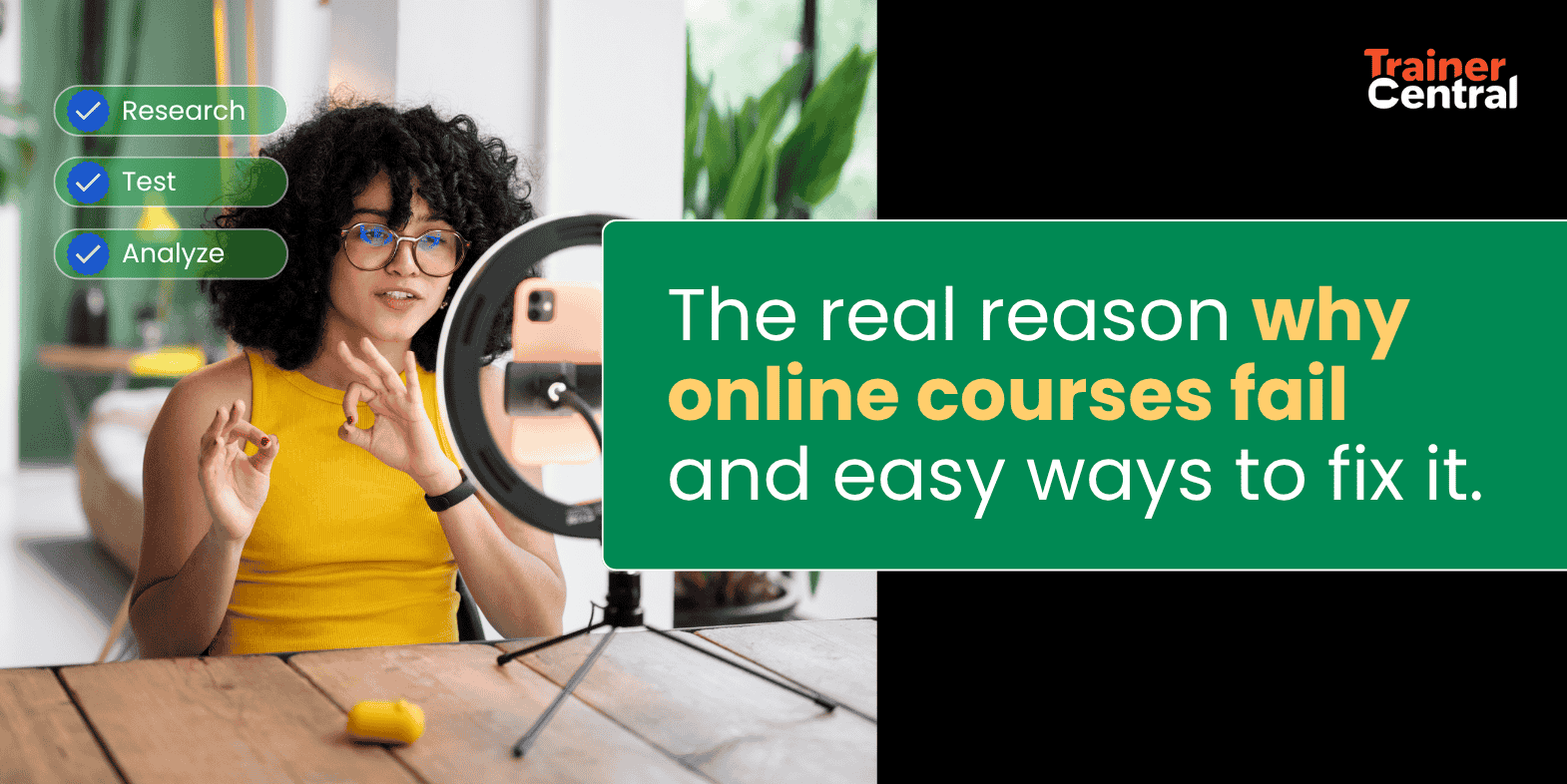- HOME
- Building a business
- How to build a high-converting course sales page: 7 simple steps
How to build a high-converting course sales page: 7 simple steps
- Last Updated : August 9, 2024
- 604 Views
- 5 Min Read

So you’ve invested your heart and soul in creating an amazing online course. You’re sure it can create an impact in people's lives, but getting people to enroll for your courses is a different hurdle altogether.
To improve sales for your course, you must have a good knowledge of sales funnels and nurturing techniques. You can run viral campaigns and bring in hundreds of visitors to your website, but if you don't have a proper system to convert and nurture them, your course sales can struggle.
Designing a sales page is one of the techniques you need to master to improve your sales conversions. Think of a course sales page as your expert salesperson who can greet your visitors, communicate the course’s value, and gently guide visitors toward making the purchase. To do that, you need to have the sales page design, messaging, CTA, and user experience all on point.
In this blog post, let's discuss the best practices you can implement while designing a sales page for your courses.
What is a sales page?
A sales page is a type of landing page for a particular course. As mentioned earlier, sales pages are mostly sales-focused by offering all of the details that will persuade visitors to make a purchase.
So, what is the difference between a sales page and a landing page?
To be precise, a sales page is a type of landing page, but not all landing pages are sales pages. Sound like a riddle? Let's break it down in simple terms: the goal of a sales page is simply to convert visits to actual sales.
On the other hand, a landing page can serve different conversion use cases, such as lead capture, sales, and downloads. The success of a sales page is measured by the number of sale conversions. Meanwhile, the success of a landing page can be measured by factors such as form submissions, downloads, and more.
Now, let's take a look at best practices to follow when designing your course sales page.
1. Research your target audience
Having a thorough understanding of your target audience and the market scenario will help you build a sales page that can resonate well with the audience. To do that, you should build a learner persona for your course. A detailed learner persona will help you understand your target audience’s learning aspirations and correlate course values with the learner’s goals. To do your research, you can run surveys, leverage statistics from reputed organizations, and interact with communities.
2. Add alluring headlines
Amidst all of the online distractions, you only have mere seconds to grab your audience’s attention and spark interest. This is where your sales page headlines will be helpful—it's the blinking neon light that screams, “Hey, this course is for you!”
Try implementing this magic formula when you’re writing headlines for your sales pages: Benefits + Specificity.
Let’s assume you’re creating a sales page for a photography training course for beginners. Instead of opting for a plain headline like, “Beginner photography training course,” try using a headline like, “Master landscape photography: Capture breathtaking photos in 3 weeks.”
The revised headline talks about the benefit (mastery) and clearly specifies the course timeframe (3 weeks).
3. Use engaging and contextual content
Speak your audience’s language. Avoid using technical terms and speak directly to your audience’s pain points and learning aspirations. Use clear, concise language to highlight the benefits of your course. Include sections on how the course can help solve their problems, improve their lives, and help them achieve their goals.
Some content tips you should keep in mind:
Sections: Try adopting the what, why, and how content layout for your sales pages. Start the page with: What the course is about, followed by why the audience should enroll for the course, and then how to enroll for the course. This structured page layout makes it easy for learners to grasp the information before making the purchase.
Bullets: People hate reading chunky paragraphs. Try using bullet points and shorter sentences, which makes it easy for people to read and digest.
Content thickness: Content thickness for sales pages is a subjective matter. It totally depends on the course and nature of your target audience. In some complex cases, the sales pages should be content-heavy to provide all of the information the audience needs before making the actual purchase. Think from the audience's perspective and share the needed information to positively impact their purchase decisions.
4. Include learner testimonials
People trust people. Especially for online course sales, trust plays an important factor. In your course sales page, showcase reviews from your past students who have benefited from your courses. You can also add detailed success story case studies on your sales pages that will positively impact the purchase decisions.
5. Design quality visuals
A picture says a thousand words, especially on a sales page. It can be the difference between a click and a bounce (visitor leaving the website). The most important visual aspect of a sale page is the hero banner section, which plays a huge factor in anchoring the initial interest. The hero section visual should be thoughtfully designed aligned to your course offering.
In the following sales page sections, you can also include screenshots or video snippets of your course as a preview before making the purchase.
So, invest ample time and thought when designing images for your sales page sections. The best practice is to purchase relevant stock images from websites like Adobe Stock, Pexels, or Shutterstock and tailor them as needed.
6. Add CTA buttons strategically
The usage of call-to-action buttons is an important factor in the success of a sales page. It’s the final nudge that compels the visitor to take an action. Follow the tips below when adding CTAs to your sales page.
You can add multiple CTAs across the page where needed.
Use action-oriented words like “Enroll now,” “Start your free trial,” or “Download the syllabus”' in your CTA buttons.
Add CTA button in prominent locations like the sticky header or at the end of key content sections.
7. Focus on mobile responsiveness
Over 60% of website traffic comes from mobile phones. That’s three in five people who visit your website. Ensure all of your sales pages are responsive, meaning the pages should be seamlessly optimized for smartphones, tablets, and desktops. A slow-loading, mobile-unfriendly page will easily frustrate a potential buyer and send them packing.
Wrapping up
You should also be aware that designing a sales page is not a one-time activity. The best approach is to implement these best practices and make periodic updates to the page based on actual data. Implement A/B testing strategies if you're doubtful about certain elements on your sales page. Closely monitor your sales conversions and correlate that data with your web analytics tools to analyze the page’s performance. You can use heatmap tools like Zoho PageSense and Hotjar to further optimize the sales page based on the scroll length, clicks, and view time.


